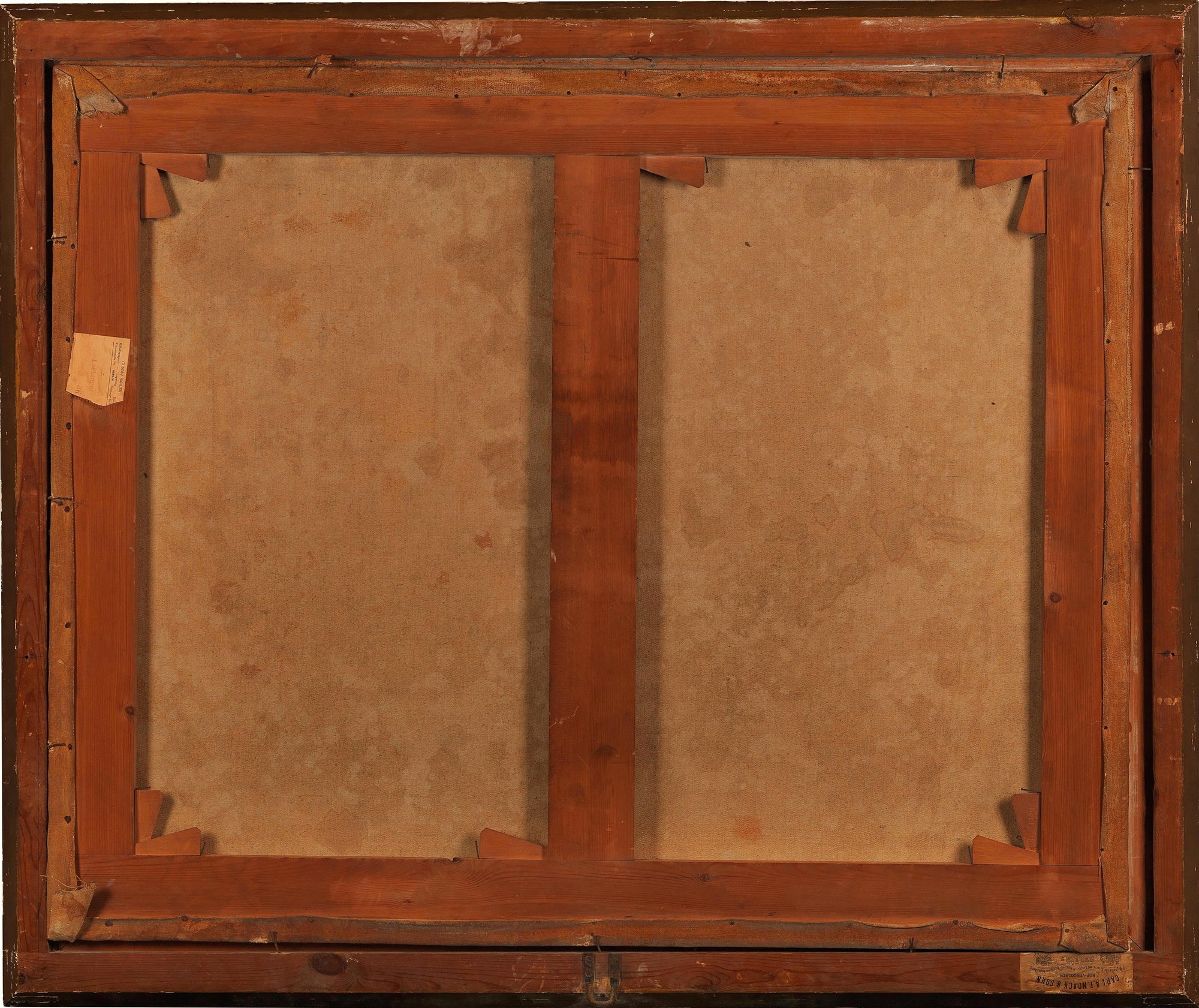Pompeo Girolamo Batoni (Lucca 1708 – Roma 1787) e bottega
Alexander the Great visits Dario's family, Pompeo Girolamo Batoni (Lucca 1708 - Rome 1787) and workshop
Pompeo Girolamo Batoni (Lucca 1708 - Rome 1787) and workshop
Alexander the Great visits Darius' family
Oil on canvas, 104 x 128
With frame 123 x 146
Private collection, Germany
We publish our latest acquisition, a masterpiece of exceptional quality and beauty of which we are deeply proud: it is a work attributable to Pompeo Batoni, or to one of his close collaborators, who often work alongside him in the completion of his complexes accomplishments.
We are talking about an oil painting on canvas of the second half of the eighteenth century, which reproduces the famous canvas depicting Alexander the Great who appears before the family of Darius, made by Pompeo Batoni in 1775, purchased by Frederick II the Great, king of Prussia, for the Royal Palace of Sanssouci, his summer residence and one of the most famous castles in Potsdam, the capital of Brandenburg.
Of Lucca origins, Pompeo Batoni moved to Rome in his twenties, where in a few years he began to obtain highly prestigious commissions, with an ever-growing career that lasted over fifty years, and which saw him busy, with the decisive collaboration of his children , in an impressive quantity of paintings on order.
Thanks to the fame that accompanied his successful career, he became one of the greatest Italian painters of the eighteenth century, painting the portraits of three popes, twenty-two European monarchs, and an infinity of aristocrats who competed to have his services in Rome between about 1740 and 1787, the year of his death.
The proposed canvas, which for execution quality and definition of the details equals the canvas acquired by Frederick of Prussia, is a work that undoubtedly comes from Batoni's workshop, with great probability performed or under the supervision of the same great master; it is more uncertain whether it was painted as a preparation for the work purchased by Frederick of Prussia, or made at an immediately later time, for one of his wealthy clients.
In its creation, Batoni created a highly engaging work from an emotional point of view, both for the magnificence of the painting and for the proposed theme. The subject in fact reveals the magnanimity and clemency of the sovereign Alexander the Great who received with extreme regard the mother, whom we see kneeling, the wife and daughters of the enemy Darius, the Persian emperor just defeated in the battle of Isso.
The true poetry of the painting is the mastery that the painter exercises in descriptive details, so as to arouse in the viewer a sense of deep admiration, enraptured by the virtuosity of the technique, by the profusion of details, not to mention the meticulous attention in rendering the physiognomies and the expressiveness of the characters. The exceptional richness of the rendering of the details of the clothes and precious accessories (rendered with such skill to be considered valuable still lifes) is typical of the painter's works, referring to his childhood as a goldsmith apprentice at his father's workshop, the famous goldsmith Lucchese Paolino Batoni.
It is a true masterpiece of eighteenth-century Italian painting.
The conservation conditions of the work appear excellent, the pictorial layer does not present any type of problem, despite the size of the canvas.
Like all our objects, the work is accompanied by a certificate of authenticity.

